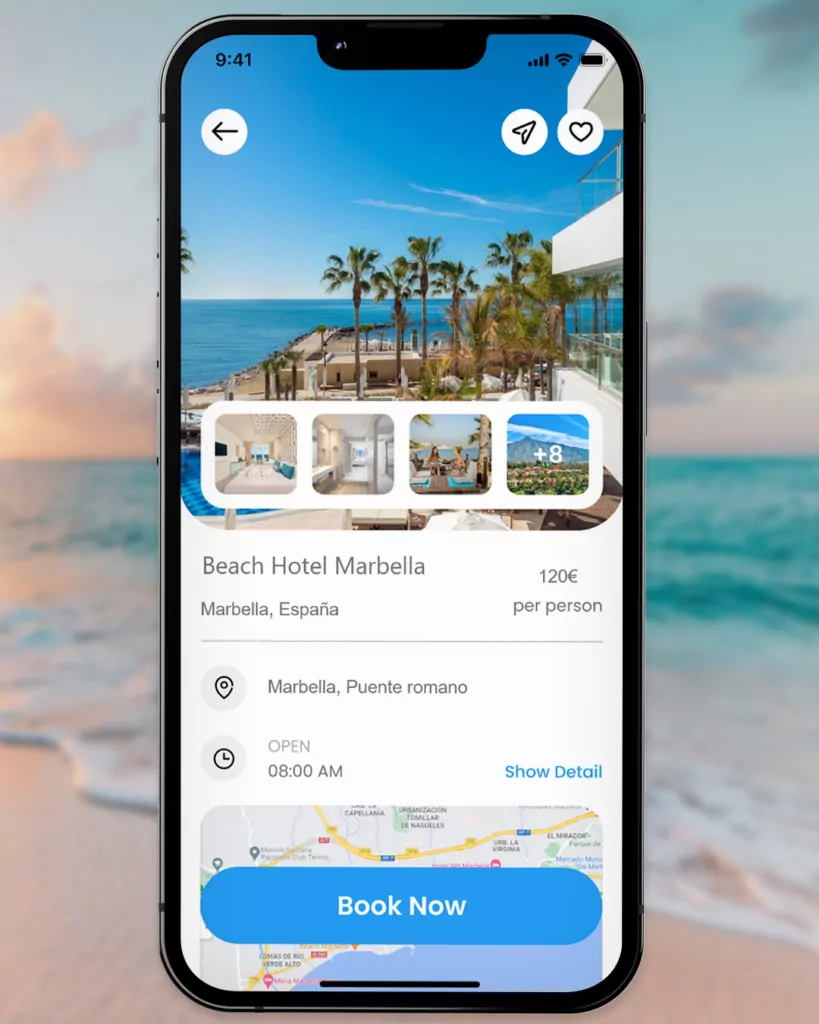Tabla de contenido
In today’s digital age, responsive web design is not just an option, but a necessity. With the diversity of devices from which we access the internet, ensuring an optimal user experience on any screen is critical to the success of any website.
Here, we will explore advanced responsive web design strategies for 2024, ensuring that your website is not only accessible, but also attractive and functional on all devices.
Fundamentals of Responsive Web Design
Responsive web design refers to the practice of creating websites that adapt and respond fluidly to different screen sizes and devices. The goal is to provide a consistent user experience, whether the site is being viewed on a cell phone, tablet or desktop.
This involves flexible design, adaptive images and CSS media queries to adjust the layout according to the characteristics of the user’s device.

To ensure a good responsive design, it is crucial to start with a mobile-first approach. Designing for mobile devices first ensures that the essential experience is kept at the core of the design, then optimizing for larger screens.
This approach prioritizes performance and accessibility, two pillars of modern web design.
Measures in Responsive Design
Measures in responsive web design should be fluid. Using relative units such as percentages, ems and rems instead of fixed pixels allows page elements to scale proportionally, adapting to different screen sizes.
Media queries are essential CSS tools in this process, allowing different styles to be applied depending on device characteristics such as width, height, orientation and screen resolution.
A vital component of responsive web design strategies is the fluid grid. These grids use columns that adjust as screen size changes, keeping the structure and order of content consistent across devices.
The Role of Responsive Design in Web Standards
Web standards promoted by organizations such as the World Wide Web Consortium (W3C) underline the importance of responsive web design.
These standards ensure that websites are accessible to all users, regardless of how they access them. Implementing responsive web design is following a global guideline towards digital inclusion and accessibility, aspects that are increasingly regulated and valued in today’s web.
Visit this video for the best css tricks:
Goal for an Optimal Responsive Experience
To ensure a good user experience on a responsive website, it is essential to use the meta viewport tag in the HTML of your page.
This tag tells the browser how to control the dimensions and scaling of the page, crucial for adjusting the content to different screen sizes. A typical meta viewport tag configuration is:
<meta name="viewport" content="width=device-width, initial-scale=1">This ensures that the width of the page fits the width of the device and that the initial scale is 1, i.e. there is no initial zoom when the page first loads.
conclusion
In this 2024, taking your website to the next level is more than an option; it’s a necessity. With the growing importance of responsive web design, making sure your online presence is seamless across all devices is key to capturing and keeping your audience’s attention.
That’s where we come in: specialists in creating custom websites that are not only visually appealing, but also optimized to work on any platform.
If you’re looking to stand out in the vast digital world with a website that combines beauty, functionality and adaptability, it’s time to act. Contact us and let’s start working together to build a website that not only meets your current needs, but is also prepared for future challenges.





